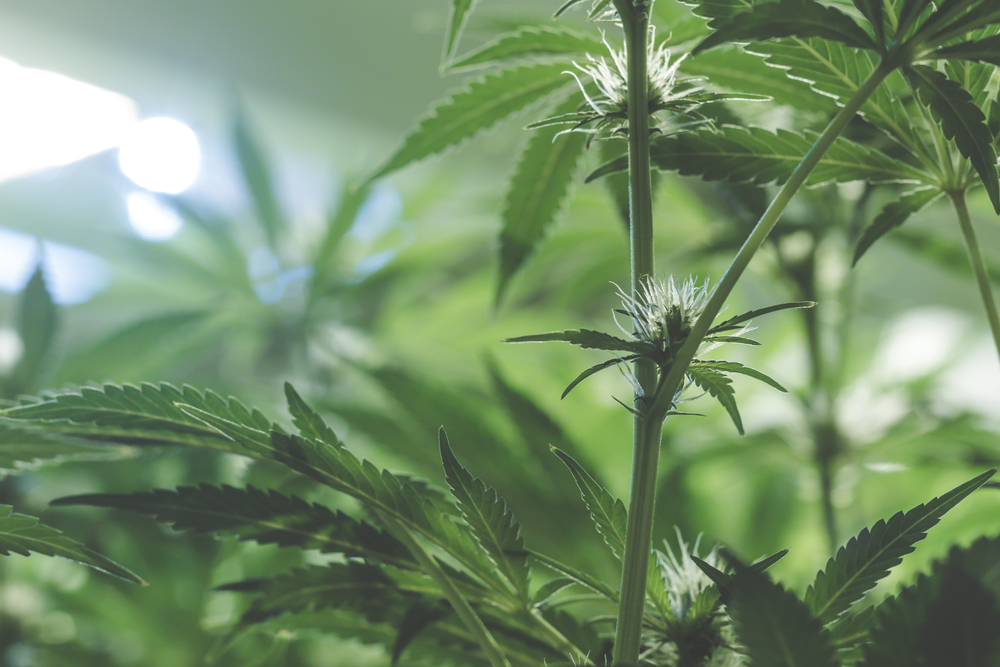The catalogue of commonly used cannabis phrases and references continues to grow almost daily, with more technical terminology such as sinsemilla being less commonly known and utilized even by more seasoned cannabis users.
The term is used to refer to cannabis flowers that were not pollinated during the cultivation process and thus do not contain seeds. It is also sometimes used to refer to a cultivation technique in which cannabis growers intentionally create seedless cannabis.
There is an appeal for sinsemilla cannabis due to the unique way the plants themselves mature, making them highly sought-after amongst the cannabis community for their distinct and desirable qualities.
This article will outline precisely what sinsemilla is, its background and origination, and its special placement on the modern cannabis market.
Without further delay, let us begin!
What is Sinsemilla?
As we briefly described above, the term Sinsemilla describes seedless cannabis plants that are tended to grow with extreme levels of dedication and care by cannabis growers.
Initially, it is essential to distinguish that sinsemilla does not refer to one particular cannabis strain or geographic locale but rather the specific variation of the cannabis plant.
The name itself is derived from two Spanish words, “sin” (without) and “semilla” (seed). In this sense, it literally translates to “without seeds.”
Common spellings and variations also include “sensimilia” or “sensi.”
While referring to a specific type of cannabis plant, users may also use the term sinsemilla to refer to high-quality, incredibly potent cannabis, which isn’t an entirely inaccurate depiction of what it genuinely is.

More specifically, sinsemilla refers to unfertilized female cannabis plants. Unlike fertilized or pollinated female cannabis plants, which spend a great deal of energy producing seeds, sinsemilla instead devotes its energy to making copious amounts of resin.
As such, the seedless cannabis buds contain significantly higher concentrations of cannabinoids and aromatic terpenes, meaning they have a bolder, more robust flavour while also being far more potent than standard cannabis flower.
The sex of the plant is crucial as female plants produce resin-packed flowers containing cannabinoids while male plants form sacs containing pollen.
When comparing male and female cannabis plants, males are considered less desirable to growers seeking only to produce cannabis flower. That said, males are wholly necessary for fertilizing female plants and creating hybrid strains.
In this sense, male plants are crucial for breeding entirely new cannabis strains.
Where Does Sinsemilla Come From?
While humans have utilized the versatile applications of hemp and cannabis plants for thousands of years, during the years of prohibition, very few people risked growing it in North America and Europe until the 1960s. During that time, breeders began to interact with one another and blaze the famous ‘Hippy Trail.’
These newly planted relationships would sprout the creation of several landrace and hybrid strains, mainly through intercontinental exchanges and the cross-breeding of seeds from previously unexplored regions, such as Asia.
During these initial interactions, most of the cannabis brought into Europe and North America predominantly came from India, Pakistan, Mexico, Thailand, Colombia and Jamaica, with most plants containing seeds, making for a rough smoking experience and lower THC levels.
It wasn’t until the 1970s that seedless cannabis became more widely known. Cultivators quickly realized that sinsemilla female cannabis was significantly higher in quality than the plants they had previously been growing and consuming.
This epiphany dawned a new age, inspiring producers to use and grow sinsemilla instead.

During this era, sinsemilla also became a term used to describe the method of growing marijuana where the female plant’s flowers were not permitted to contact male plant pollen, a technique utilized to prevent female plants from developing and growing seeds.
Through this new innovative growing technique, cannabis cultivators were elated to see that sinsemilla cannabis had at least twice the THC of fertilized plants. Additionally, they also found that the THC content could be upwards of 10 times higher, depending on the specific strain.
That said, this increased potency also served to fuel the anti-cannabis propaganda that was already existing in North America through initiatives such as the Reefer Madness campaign. The higher the THC concentration, the more villainized cannabis became, with authorities and officials viewing it as more dangerous.
However, existing in an era of an incredibly passionate counter-culture, it didn’t take much time for cannabis consumers to realize the advantages of cannabis without seeds. As such, cultivators began to grow sinsemilla in increasingly large quantities.
This increase in demand also dawned a new cannabis renaissance surrounding breeding and cultivation techniques.
Sensimilia & Modern Cannabis
It would be an understatement to say that the modern marijuana market is fully saturated with a vast assortment of easily accessible cannabis products ranging from standard flower to more contemporary items such as cannabis topicals, tinctures and concentrates.
These days, consumers have their fair share of variety to choose from specific items to suit their particular needs. This increase in variation is most notably due to wider spread legalization and availability than previous times and advancements and innovations in product development, cultivation, and breeding methods.
Such techniques harness more readily accessible cannabis plant variations, including the utilization of landrace strains, which yield significant and heavily desirable properties from unique geographic locations and environments, to create hybrids uniquely their own.
This integration has created a landscape of unprecedented customization that would not have been possible in previous years.
That said, it has also prompted users to become more selective regarding the cannabis they choose to consume. Now, a greater focus is placed on preferences surrounding aroma and flavour and overall terpene profile on top of the unparalleled potency associated with seedless marijuana plant options.
Sinsemilla – Sensational Without the Seeds
These days, sinsemilla cannabis, whether users are familiar with the technical term or not, has become the standard norm for products on the greater marijuana market.
Put simply, sinsemilla is marijuana without seeds. It has become arguably the most desirable variation of the marijuana plant due to its more potent properties and smoothing smoking or vaping experience.
With a rich and diverse history, sinsemilla made its way to Europe and North America in the 1970s, where breeders quickly realized its vast potential and the benefits of separating male and female plants to avoid pollination.
Thanks to these innovative past cultivators, the quality of modern-day marijuana products has reached levels never before anticipated, increasing expectations for cultivators and growers while providing top-tier products for consumers.
However, the necessary resources and retail avenues to instill this new gold standard also continue to develop, prompting further innovation and creativity to take cannabis, and the industry as a whole, to even more promising heights in the future.




 No products in the cart.
No products in the cart.